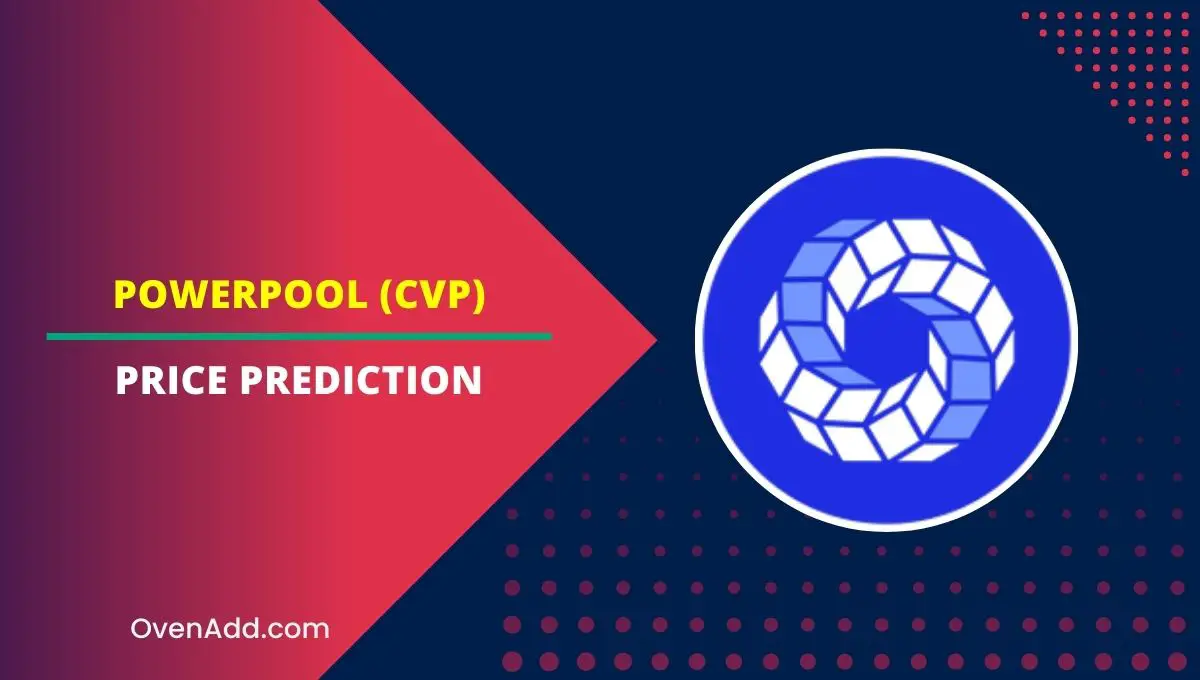5 2: Cost Volume Profit Analysis CVP Business LibreTexts

For example, the company could use the contribution margin to determine the profitability of a new product line or to analyze the impact of changes in selling prices or variable costs. The contribution margin ratio with the unit variable cost increase is 40%. The additional $5 per unit in the variable cost lowers the contribution margin ratio 20%. Each of these three examples could be illustrated with a change in the opposite direction. A decrease in sales quantity would not impact the contribution margin ratio. A decrease in unit selling price would also decrease this ratio, and a decrease in unit variable cost would increase it.
Ask Any Financial Question
By dividing the total fixed costs by the contribution margin ratio, the breakeven point of sales—in terms of total dollars—may be calculated. The break-even point is important because it gives businesses a clear understanding of the sales volume they need to achieve to cover their costs and profit. It can also help businesses to make informed decisions about pricing, product mix, and resource allocation. In summary, fixed costs are costs that remain constant regardless of the volume of sales or production. Identifying fixed costs is important for understanding a company’s profitability and cash flow, making informed decisions, and budgeting and forecasting.
- These costs are incurred by a company regardless of whether it produces or sells anything.
- It ensures that the pressure readings are accurate by leveling the transducer or manometer at the right atrium’s level.
- In summary, fixed costs are costs that remain constant regardless of the volume of sales or production.
- This is shown in the following two income statements with sales of 1,200 and 1,400 units, respectively.
- The company has fixed costs of $10,000 per month, and its variable cost is $5 per widget.
How is CVP Analysis used in management decisions?
A basic application of CVP analysis is break-even analysis. Break-even analysis is concerned with determining the sales volume at which total revenue equals total costs so that profits are seen. The contribution margin ratio with the selling price increase is 67%.

Where do cost accountants find information to perform Cost-Volume-Profit (CVP) Analysis
This would result in a profit of $5,000 for the month. The company has fixed costs of $10,000 per month, variable costs of $5 per widget, and sells widgets for $10 each. This take advantage of these 15 commonly missed tax deductions example yields a required sales revenue of $375,000. Cost volume profit analysis can be used to justify embarking on manufacturing a new product or providing a new service.
Regularly assessing CVP allows businesses to identify opportunities for improvement, manage risks, and ultimately enhance profitability. Understanding and applying CVP principles will lead to better financial performance and informed decision-making in a competitive business environment. Simply enter your fixed and variable costs, the selling price per unit and the number of units expected to be sold.
Then, click the “Calculate” button to see the results. Understanding the impact of changes in sales price is critical for businesses to make informed decisions that maximize profits. By analyzing the impact of different sales prices on contribution margin and profitability, businesses can determine the optimal price point for their products or services. If the store sells $30,000 worth of merchandise monthly, the variable costs may increase to $15,000. The contribution margin would be $15,000, which is higher than the fixed costs of $10,000.
The calculations provided should not be construed as financial, legal or tax advice. In addition, such information should not be relied upon as the only source of information. This information is supplied from sources we believe to be reliable but we cannot guarantee its accuracy.
This step also helps to eliminate air bubbles that can affect readings. An infusion solution (such as normal saline) and an infusion set are used to maintain patency of the central venous catheter and provide a continuous flow of fluid for pressure measurement. By integrating CVP measurements with the patient’s total clinical picture, healthcare providers can assess for signs of circulatory failure. High or low CVP readings, when combined with other clinical data, help identify conditions such as heart failure, sepsis, or significant blood loss, facilitating timely intervention. CVP readings help evaluate the response to interventions such as diuretics, vasopressors, and inotropes. Changes in CVP can indicate whether these treatments are effectively managing the patient’s fluid status and cardiac function.
By understanding the impact of changes in sales price on contribution margin, break-even point, and profitability, businesses can make informed decisions about pricing that maximize profits. This means that the company needs to sell 1,429 widgets to cover its fixed costs and break even. By increasing the sales price of its widgets, the company has reduced its break-even point and can generate a profit with fewer units sold. To illustrate the concept of the sales price in CVP analysis, let’s consider the example of a company that produces and sells widgets. The company has a fixed cost of $10,000 per month, and its variable cost is $5 per widget. In this example, identifying fixed costs is essential for understanding the store’s profitability and cash flow.

